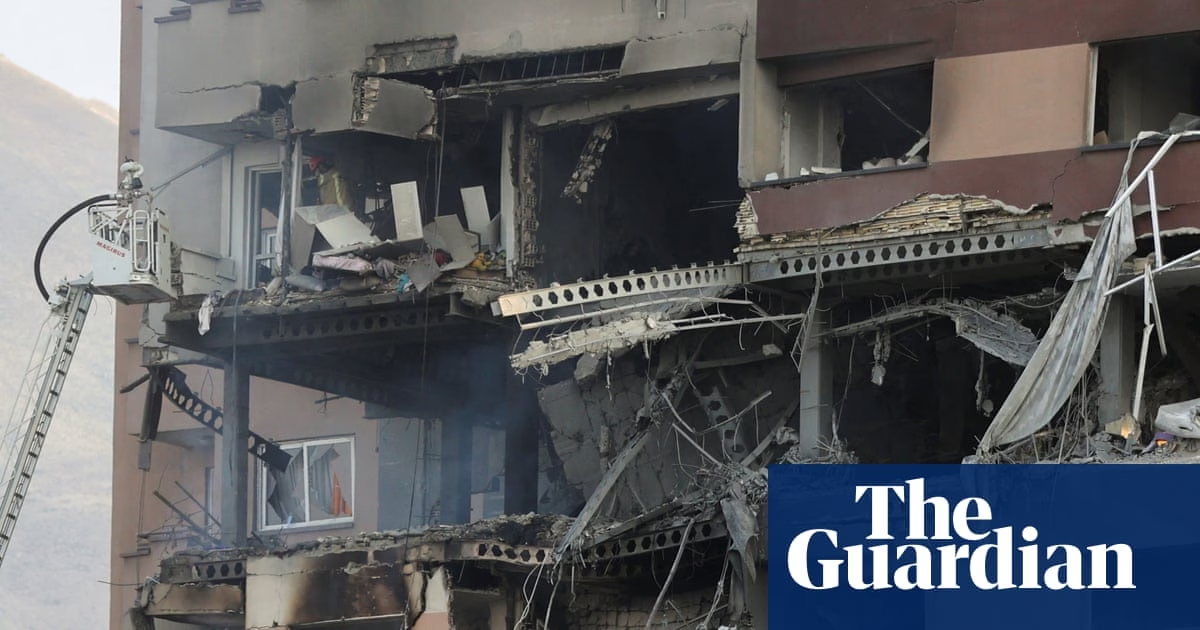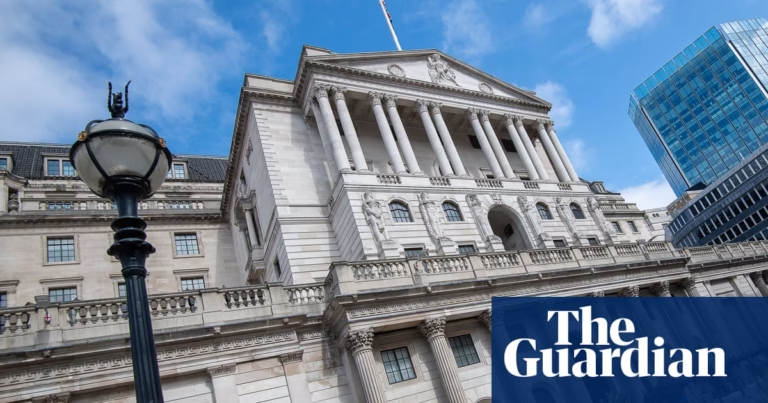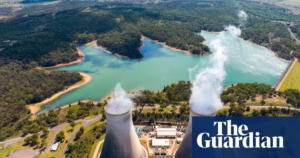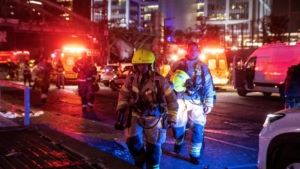The first significant action was Israel’s campaign in Gaza, which, despite being bloody and costly especially for Palestinians, successfully reduced Hamas’s capability to pose an imminent threat to Israeli citizens within weeks.
Given Hamas’s role within the so-called axis of resistance—a coalition of similar organizations in the Middle East established by Tehran to exert influence and deter attacks on its nuclear program—this move had profound regional implications.
In April of the previous year, Israel targeted the Iranian embassy complex in Damascus, killing seven individuals. Iran retaliated with an ineffective drone strike against Israel, marking a direct enemy action for the first time. This development transformed the conflict between Iran and Israel, previously fought through proxies and covert operations.
By autumn, with Hamas weakened, Israel shifted its focus to Hezbollah, an Iran-backed group in Lebanon and the most formidable member of the axis of resistance. September saw Israel eliminate Hezbollah’s leadership and a significant portion of its missile stockpile, invading southern Lebanon without significant opposition. Even Hezbollah’s supporters acknowledged the severity of their defeat.
In response to the attack, Iran launched another ineffective air campaign against Israel, allowing Israeli forces to significantly degrade Iran’s air defense system, setting the stage for Friday’s broader assault.
Concurrently, Hezbollah’s sudden weakness hindered its ability to defend Syria’s Assad regime, another critical Iranian ally, when rebel forces launched an offense. The fall of Assad in December ended decades of close ties between Tehran and Damascus, further undermining the axis of resistance and exposed vulnerabilities within Iran to Israeli strikes.
With Iran-backed groups in Syria and Iraq deterring from translating rhetorical threats into action, the Houthis in Yemen remained the only active members of the axis of resistance opposed to Israel, engaging in limited actions against shipping in the Red Sea with little strategic impact.
By the start of spring this year, Iran’s supreme leader, Ali Khamenei, facing criticism for relying on proxies for security, misjudged the strategy, leading Israel’s Prime Minister, Benjamin Netanyahu, to capitalize on a fleeting opportunity, preparing a large-scale operation long envisioned.
Although an April deadline was missed, not intentionally set by US President Trump who had set a 60-day frame for talks on Iran’s nuclear program that allegedly neared weapon production, the limit expired last week.
Netanyahu expressed on Friday that he hoped Israel’s continued military operations in Iran would pave the way for the Iranian people to gain their freedom, hinting at a broader aim beyond mere retaliation.
While Israel may not intend to revert Iran back to a relationship reminiscent of its pre-1979 revolution era of alignment with Israel and the US, the chosen targets by Israeli planners could inadvertently dismantle the current regime that has been in power since then.
This is partly due to the critical position still held by those in Iran who began their careers after the fall of the Shah or even earlier, including many senior officers and nuclear scientists among the initial members of the Islamic Revolutionary Guard Corps (IRGC), founded in 1980 to protect the new clerical rule. Many were also veterans of the Iran-Iraq war, seen by historians as a formative period for the current regime.
While it’s extremely unlikely that Iran would shift to a pro-Israeli or pro-US stance post-conflict, the power of the individuals who overthrew the Shah and subsequently led the revolutionary regime could be significantly, possibly fatally, diminished.






